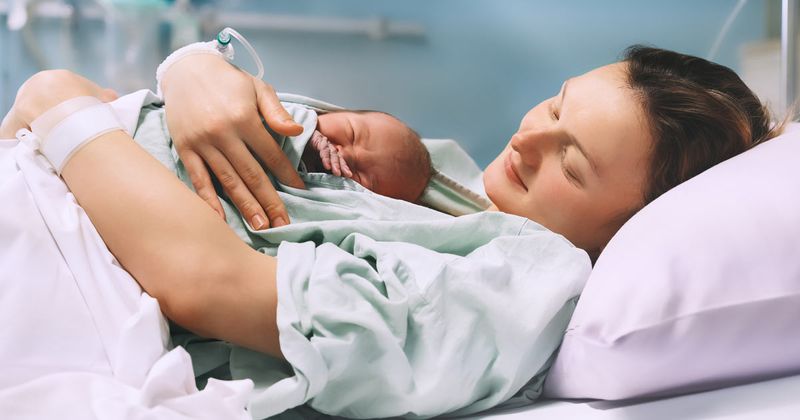Antibiotic use before cesarean delivery does not increase asthma, eczema risks
The administration of antibiotics before cesarean delivery did not increase the risks for asthma, eczema or other allergic conditions in early childhood, providing further support for their use, according to a study published in The BMJ.
“Women who give birth by cesarean section are at increased risk of infections, such as wound infections, in the period after giving birth, and prophylactic antibiotics are used to reduce this risk,” Dana Sumilo, DPhil (Oxon), MFPH, honorary clinical research fellow at the Institute of Applied Health Research and fellow of the faculty of public health at University of Birmingham in the United Kingdom, told Healio.

Providing antibiotics to the mother before skin incision instead of after the cord has been clamped can reduce these risks even further, Sumilo continued, prompting the National Institute for Health and Care Excellence to update its guidance in 2011.
“Preventative antibiotics, if given before cord clamping, can cross the placenta and affect microbes that colonize the baby’s gut. Gut microbiota include bacteria that are thought to play a role in the development of the immune system,” Sumilo said.
Previous studies have implicated disruptions in gut microbiota and antibiotic use in susceptibility to conditions related to allergy such as asthma and eczema, Sumilo said.
“Although there are no known health harms from pre-incision antibiotics for cesarean section to newborns, until now there have been no studies looking at longer term outcomes,” she said.
The researchers conducted an observational controlled interrupted time series study of linked health care records of mothers and their babies born between 2006 and 2018 in the U.K. covering a period before and after the change in policy.
Records included 515,945 mother-baby pairs from the Health Improvement Network and Clinical Practice Research Datalink databases, where 28.1% of births were cesarean, and 3,945,351 mother-baby pairs in the Hospital Episode Statistics (HES) dataset, where 25.4% of births were cesarean.
Children who were exposed to pre-incision prophylactic antibiotics experienced a 9% decrease in asthma diagnosis (incidence rate ratio [IRR] = 0.91; 95% CI, 0.78-1.05) and a 2% decrease in eczema diagnosis (IRR = 0.98; 95% CI, 0.94-1.03) compared with those who were not exposed, although these differences did not reach statistical significance. Sensitivity analyses for asthma and eczema produced fairly similar results to the primary analyses, the researchers added.
Also, the researchers found no evidence of a significant difference in risks for other allergic or allergy-related conditions, autoimmune health conditions, infections or less specific child health measures.
Children exposed to pre-incision prophylactic antibiotics in the HES dataset experienced a 5% increase in first-time hospital admissions for asthma (IRR = 1.05; 95% CI, 0.99-1.11) and a 4% decrease in admissions for eczema (IRR = 0.96; 95% CI, 0.71-1.29) compared with those who were not exposed, but again these differences were not statistically significant.
There were no significant differential effects based on whether caesarean deliveries were elective or emergencies, nor was there any evidence that different antibiotic regimens had a differential effect on risk for asthma hospital admissions or necrotizing enterocolitis.
“Our study found no evidence of a link between the policy change to offer prophylactic antibiotics before skin incision for caesarean section and asthma, eczema and other allergic and allergy-related health conditions in early childhood,” Sumilo said.
“Our findings provide further evidence for the current policy in the U.K. to administer prophylactic antibiotics for cesarean section before skin incision and discussion regarding the timing of prophylactic antibiotics for cesarean section,” she continued.
However, the researchers cautioned that their results may not be generalizable to settings with different prophylactic antibiotic regimens or to babies who were delivered vaginally.
“Further studies are needed to confirm our findings in older children and in other populations and settings using different prophylactic antibiotic regimens for cesarean section,” Sumilo said.
For more information:
Dana Sumilo, DPhil (Oxon), MFPH, can be reached at dana.sumilo@warwick.ac.uk.
